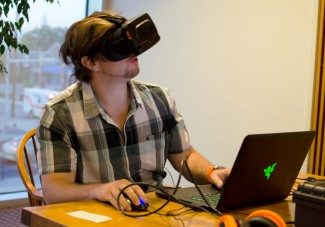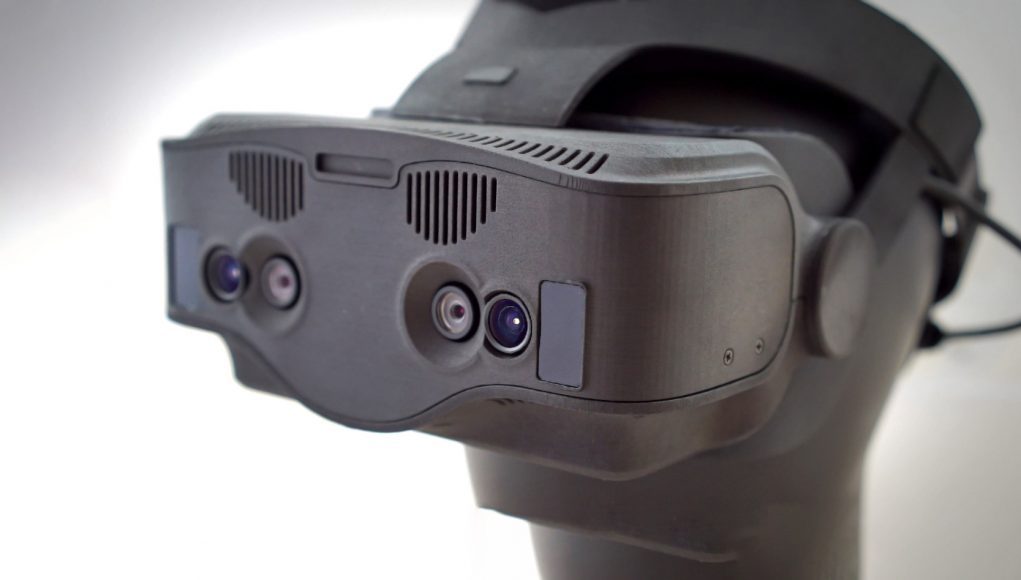Citing sources close to the deal, TechCrunch reports that VR headset maker Vrvana has been acquired by Apple for $30 million.
Vrvana is a little known VR headset maker that’s been on the scene since 2014. The company was building the ‘Totem’ headset, which had gone to Kickstarter that year but came up short of its goal despite a positive start. At the time the company then opened pre-orders for the device, though it isn’t clear if those pre-ordered units ever shipped; the headset continued to evolve drastically in the years following, including an expanded emphasis on pass-through video and hand-tracking for AR experiences. The company was also said to be working on inside-out tracking technology but we never had the chance to see it demonstrated.
Now TechCrunch, citing sources close to the deal, reports that Apple has acquired the company for “around $30 million.” Apple declined to comment on the story while Vrvana didn’t reply to a request for comment. The publication reports that a number of Vrvana’s employees have joined Apple. The timing of the deal is not clear but TechCrunch notes that Vrvana’s social media accounts went silent back in August.
Apple, which has been rumored for years to be doing deep R&D into AR and VR tech (and has made numerous acquisitions and hires in support of those rumors), only just this year finally embraced VR with a number of announcements regarding support for the technology in the Apple ecosystem, but no hint of first-party products in the works.
Apple also recently launched ARCore, their AR tracking tech for iOS devices, enabling a first wave of phone-based AR apps. The expectation is that such these experiences will one day be delivered through immersive AR headsets.

The purported acquisition of Vrvana could be related to the company’s focus on combining VR and AR in one headset. Earlier this year, Vrvana CEO Bertrand Nepveu took to the stage at AWE to talk about blending the two technologies, including a technique that offers a seamless transition between a fully virtual scene and an AR scene (via passthrough cameras), on which the company claims to have filed patents, as well as object occlusion.
Earlier this month it was reported that Apple could be prepping their first immersive AR device for a 2020 launch. Speaking with The Independent, Apple CEO Tim Cook gave a fresh take on the company’s attitude toward AR today::
The display technology required, as well as putting enough stuff around your face—there’s huge challenges with that. The field of view, the quality of the display itself, it’s not there yet. We don’t give a rat’s about being first, we want to be the best, and give people a great experience. But now anything you would see on the market any time soon would not be something any of us would be satisfied with. Nor do I think the vast majority of people would be satisfied.







